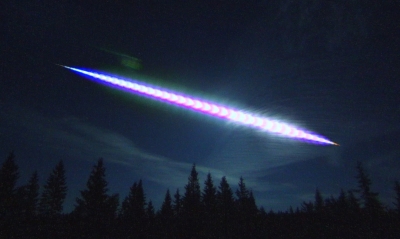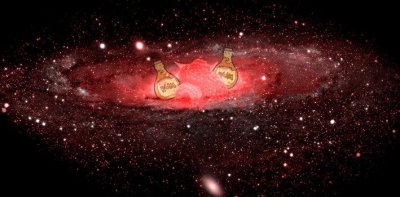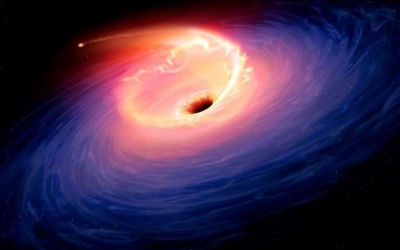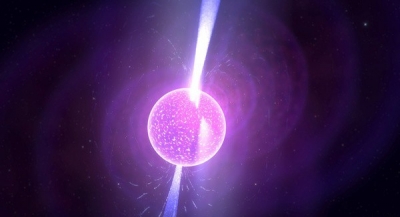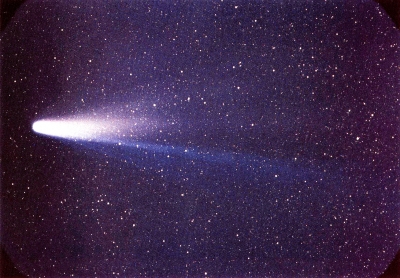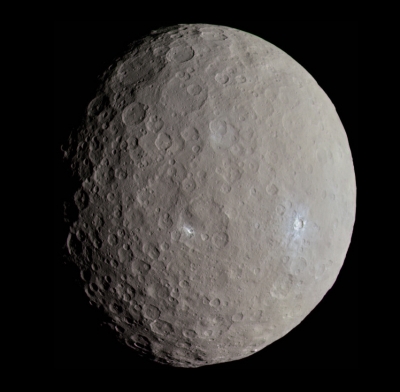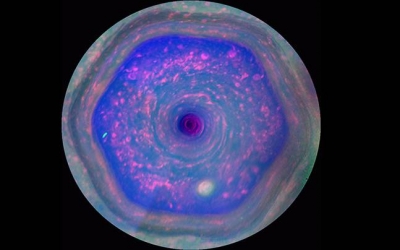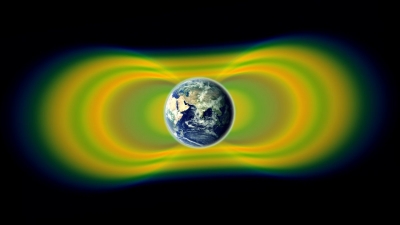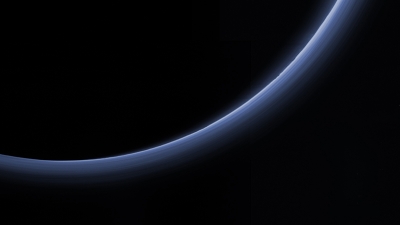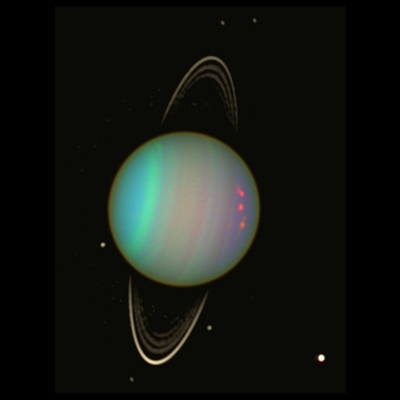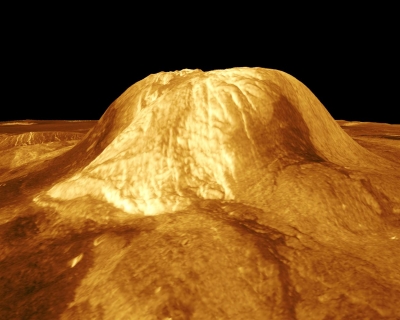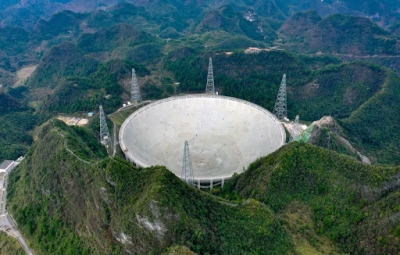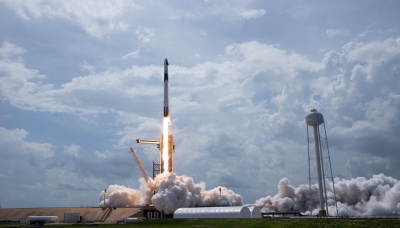Which is the Milky Way’s central black hole?
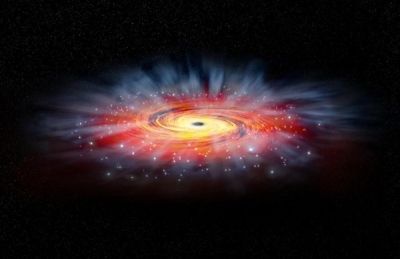
At the center of our galaxy is a supermassive black hole in the region known as Sagittarius A. It has a mass of about 4 million times that of our Sun.
Almost every galaxy, including our Milky Way, has a supermassive black hole at its heart, with masses of millions to billions of times the mass of the Sun. Astronomers are still studying why the heart of galaxies often hosts a supermassive black hole.
Observations of several stars orbiting Sagittarius A*, particularly star S2, have been used to determine the mass and upper limits on the radius of the object. Based on mass and increasingly precise radius limits, astronomers have concluded that Sagittarius A* is the Milky Way's central supermassive black hole.
Reinhard Genzel and Andrea Ghez were awarded the 2020 Nobel Prize in Physics for their discovery that Sgr A* is a supermassive compact object, for which a black hole is the only currently known explanation.
In 2017, direct radio images were taken of Sagittarius A* and M87* by the Event Horizon Telescope. The Event Horizon Telescope uses interferometry to combine images taken from widely spaced observatories at different places on Earth in order to gain a higher picture resolution. It is hoped the measurements will test Einstein's theory of relativity more rigorously than has previously been done. If discrepancies between the theory of relativity and observations are found, scientists may have identified physical circumstances under which the theory breaks down.
Picture Credit : Google
